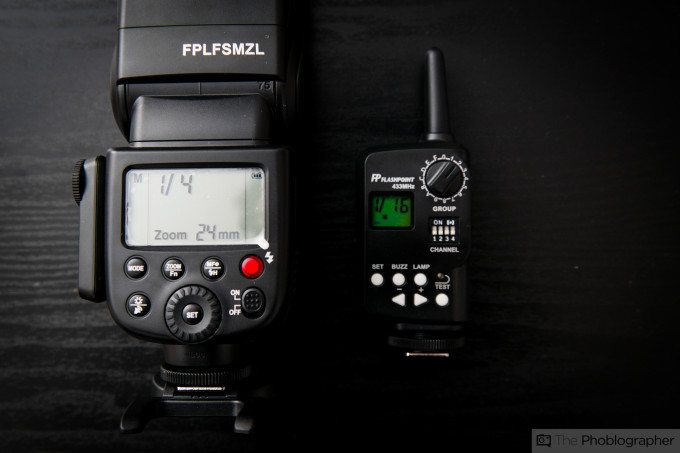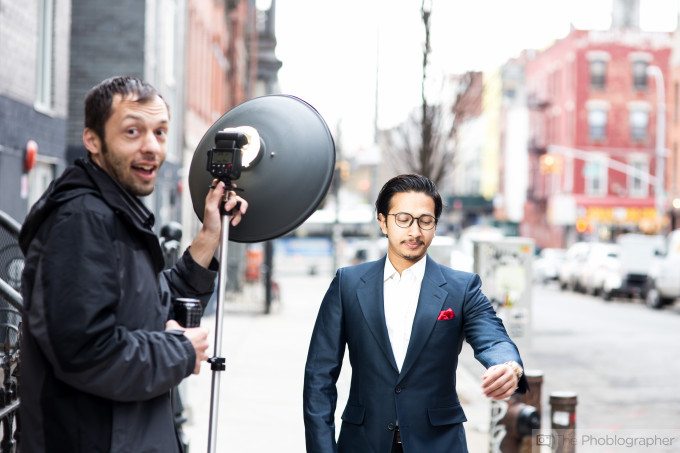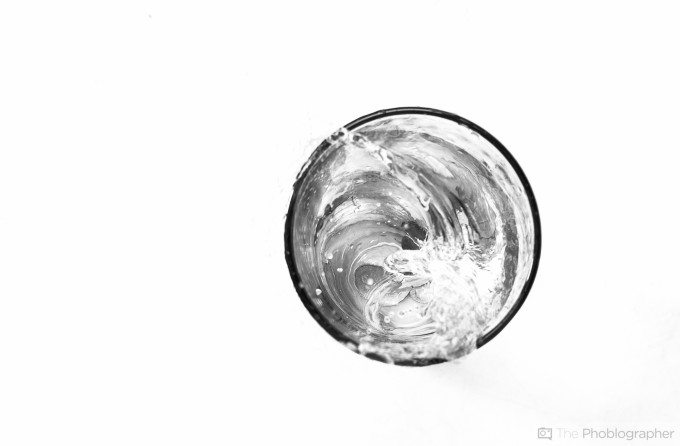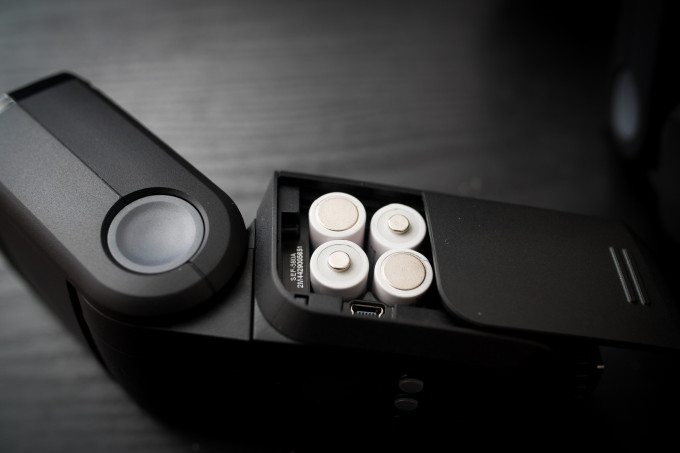Every photographer with lots of experience will tell you to take your flash out of the hot shoe, and they’re doing it for more than just the reason of creating a better photo. While there are loads of tricks to get more from your camera’s batteries like dimming the screen and focusing tweaks, not many people know how to get more from their hot shoe flash. Indeed, with a couple of performance tweaks, it can become your best friend.
We learned these methods after years of trial and error with lots of different flashes, and we think that you’ll appreciate a more efficient and longer lasting flash.
Take it Out of the Hot Shoe to Save Battery Power
While photographers will tell you to take your flash out of the hot shoe in order to create a better image and more specifically place your light, you’re also making it more efficient and saving the battery while you’re at it. Here’s a scenario: you need to photograph someone right in front of you and you have two ways of doing it–by either bouncing the light off of the ceiling/wall or pointing the light directly at someone.
Now here’s what happens:
– When a flash is bounced at the wall behind you or towards the ceiling, it may not be as effective because of the fact that it’s traveling farther and the reflected surface isn’t as close to the subject as you can get it.
– If you take the flash out of the hot shoe and put it in a soft box, then put that right in front of the subject, it’s working much less and will even recycle faster.
The closer your flash (or light source) is to your subject, the less work it will generally need to do.
Don’t Use Infrared Triggering, Use Radios
When most strobists are starting out, they go for triggering their strobe and flashes with infrared triggering. This is fine and understandable because it’s built in, but it’s not very efficient. Infrared triggering is very limited in its range and also doesn’t work very well in the sunlight. But the biggest caveat is that it drains more battery power. You can get around this by using external radios like Pocket Wizards or Yongnuo triggers. If your flash has radio transmission and receiving built in, then you’re in luck.
Manually Zoom the Flash Head

Your flash is typically set to an automatic zoom setting and will do so if it is communicating with your camera. Typically this works well, but it won’t always give you the results you’re looking for. Need a more narrow beam or one that’s shooting further out? Then zoom the head in manually. Want something softer and covering a larger area? Zoom the head out and have it cover a larger surface because the larger the surface is in relation to your subject, the softer the light will be.
With practice and careful placement coupled with just the right exposure settings, you can even avoid using a light modifier.
Know When to Use TTL vs Manual

TTL Flash generally does a good job working with the camera’s metering (mostly the ISO and aperture) to deliver a certain amount of power output, but it doesn’t necessarily give you what you want in the image. To get exactly what you want, you’re usually best off using manual control. If the flash is off the camera, it won’t necessarily know how it is from a wall, if it’s inside of a softbox or if it has a diffuser on it. However, you do, and you can tell it to compensate accordingly.
If a flash is inside of a softbox and set to TTL, you may need to crank up the power output by a full stop or more. But if you manually set the power output instead, you’ll be telling the flash exactly what to do instead of having it guess what you want. You adjust accordingly and figure all of that out through trial and error, therefore negating the need to take a photo and adjust.
Use Good, Rechargeable Batteries
Rechargeable batteries come in many different types and brands, but for the most part certain brands are much more reliable when it comes to charging and use than others. Lots of folks love Eneloop batteries because of how efficient they are in both charging and holding charges. They also don’t generally overheat or face reliability issues.





